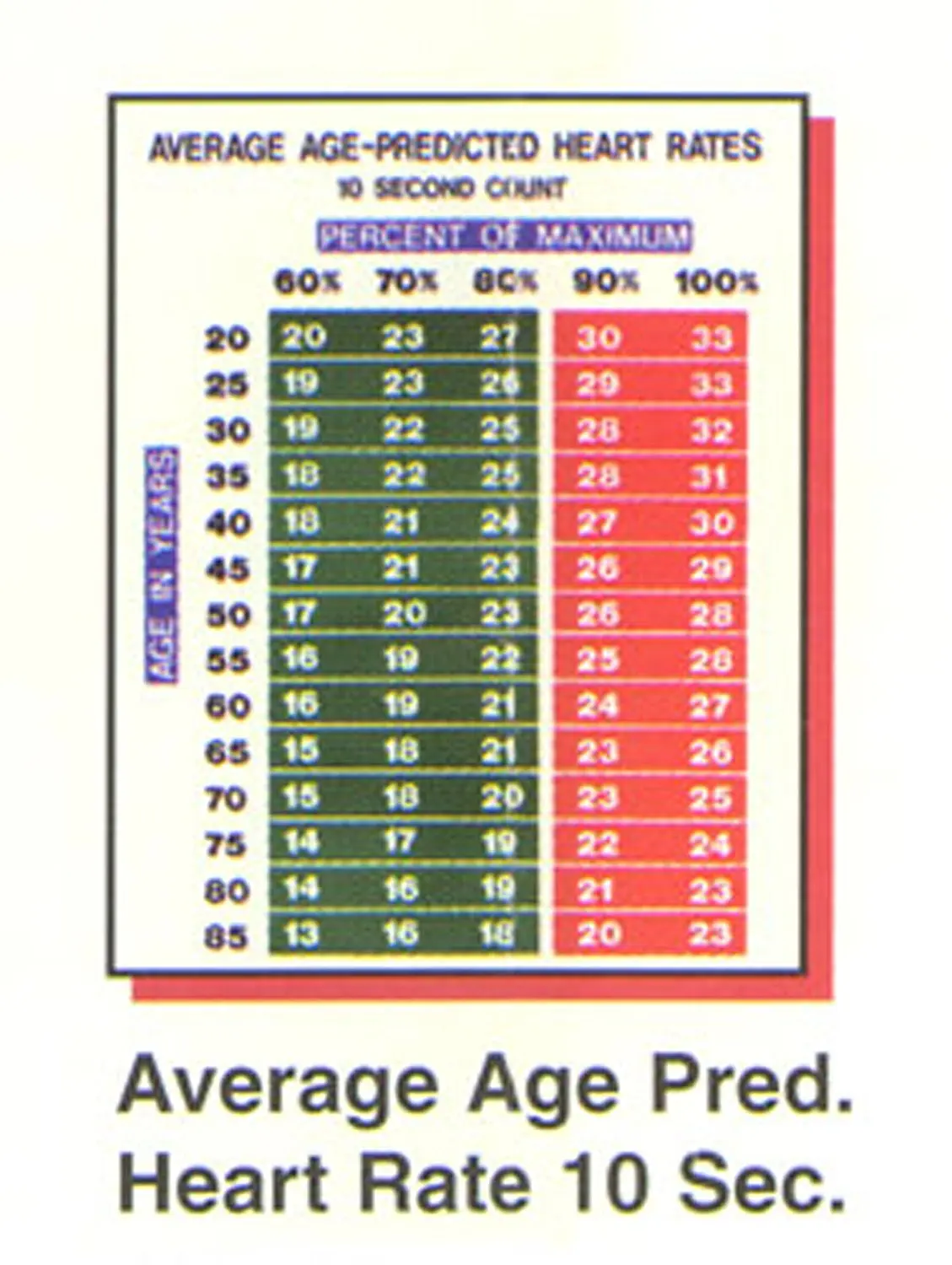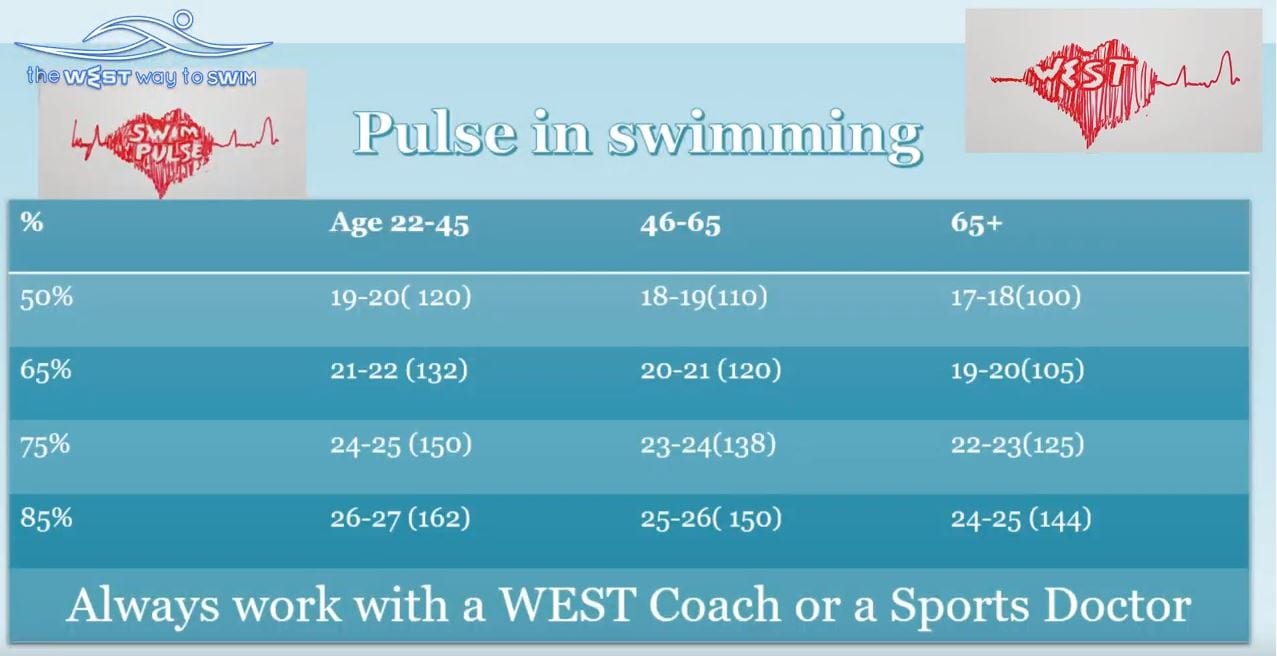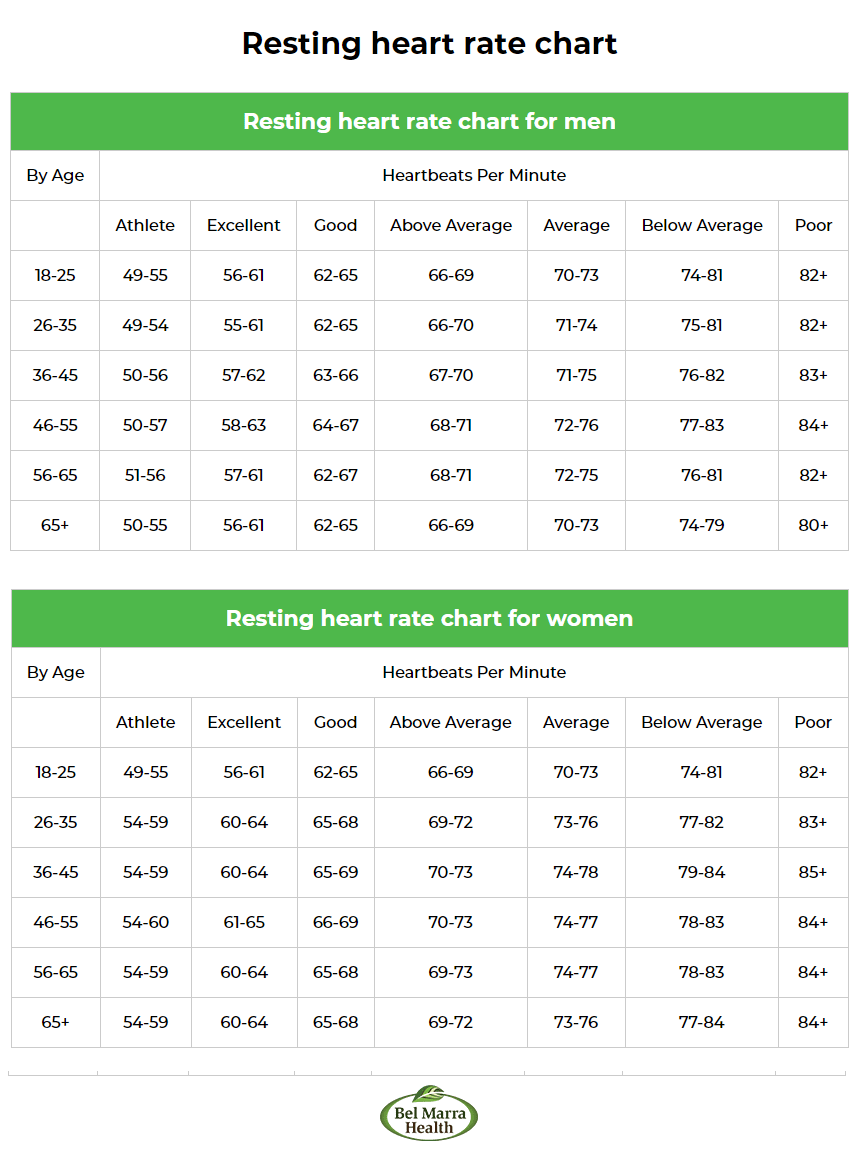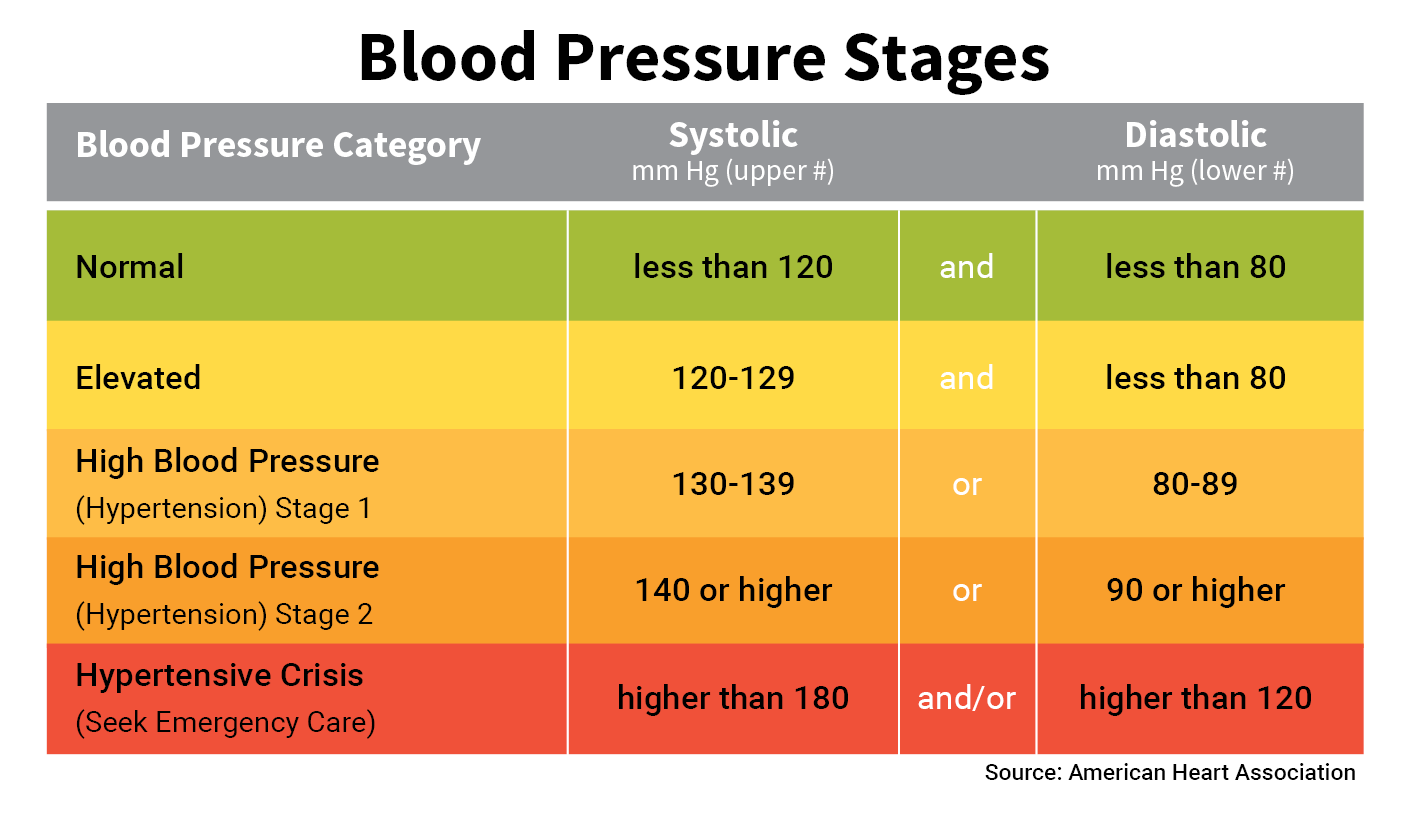Low Pulse Rate Chart
Low Pulse Rate Chart. The purpose is to examine how the patient's heart rate and oxygen saturation change and then processed and displayed them in charts. Pulse rates can also be felt and measured at the carotid artery located on the side of the neck, the temporal artery at the temple, or the femoral artery on the anterior side of the hip, and a chart showing normal heart rate can be used to check on your heart rate.

If medications are triggering the low pulse rate, a doctor may eliminate the drug or substitute another.
Prevention Lowering your risk of heart disease is the best way to avoid a slow heart rate as a senior citizen, according to the Mayo Clinic.
The figures are averages, so use them as a general guide. Pulse rates can also be felt and measured at the carotid artery located on the side of the neck, the temporal artery at the temple, or the femoral artery on the anterior side of the hip, and a chart showing normal heart rate can be used to check on your heart rate. Your pulse, or heart rate, is the number of times your heart beats each minute.
Rating: 100% based on 788 ratings. 5 user reviews.
Earline Williams
Thank you for reading this blog. If you have any query or suggestion please free leave a comment below.










0 Response to "Low Pulse Rate Chart"
Post a Comment